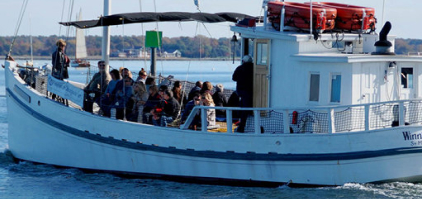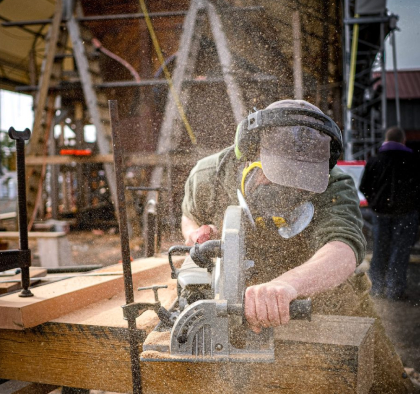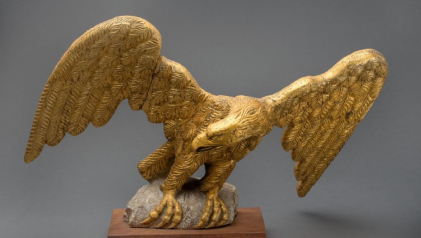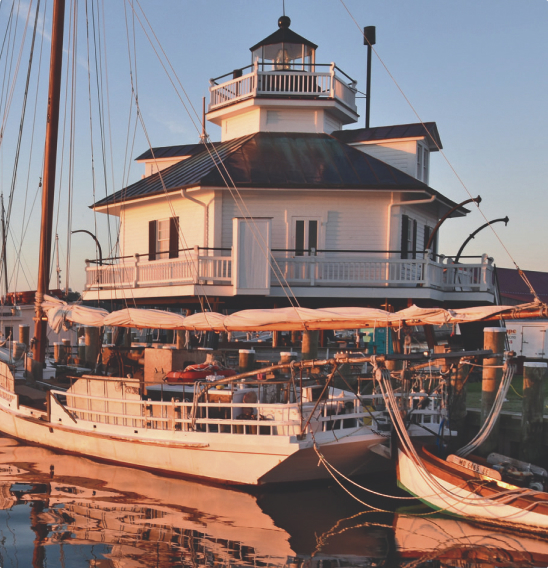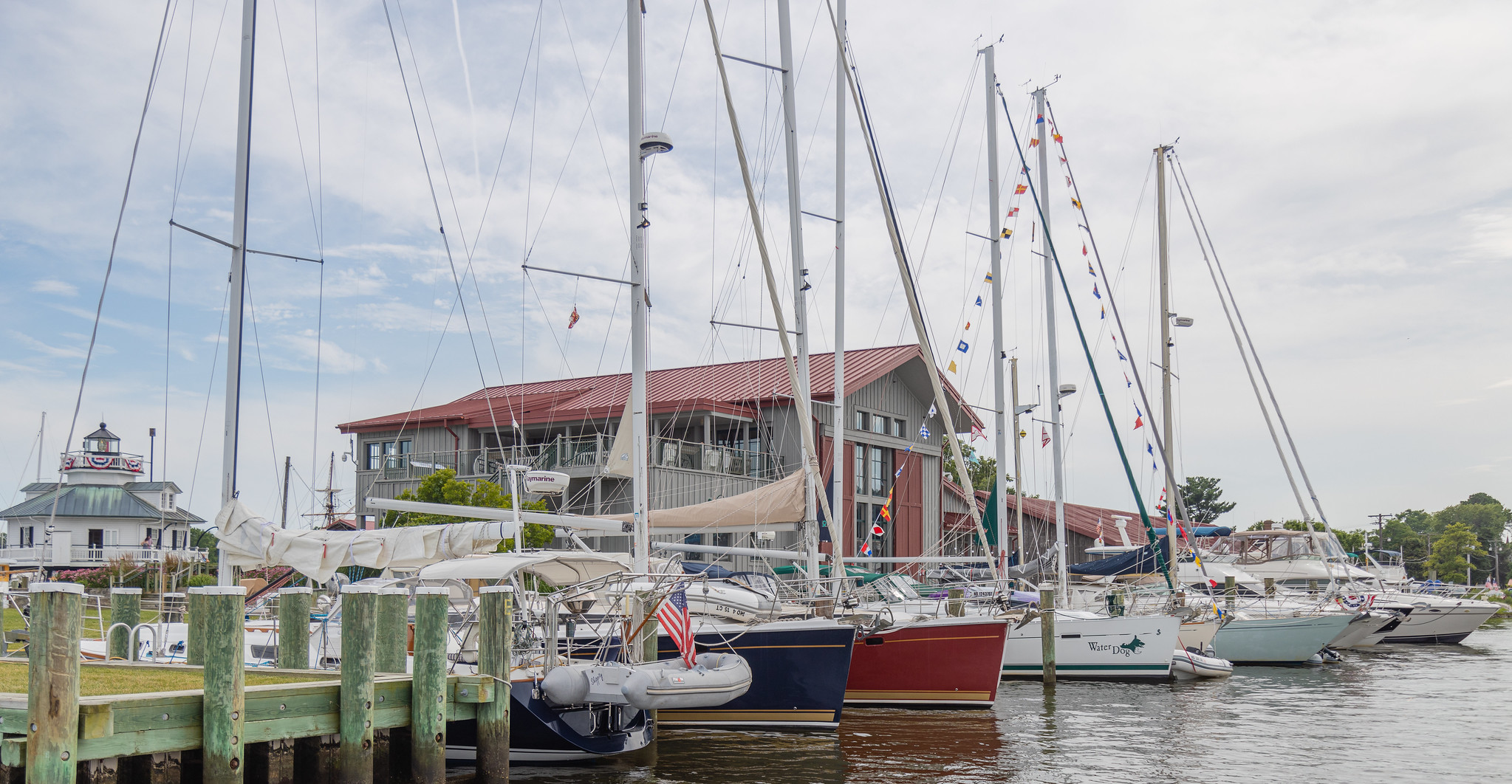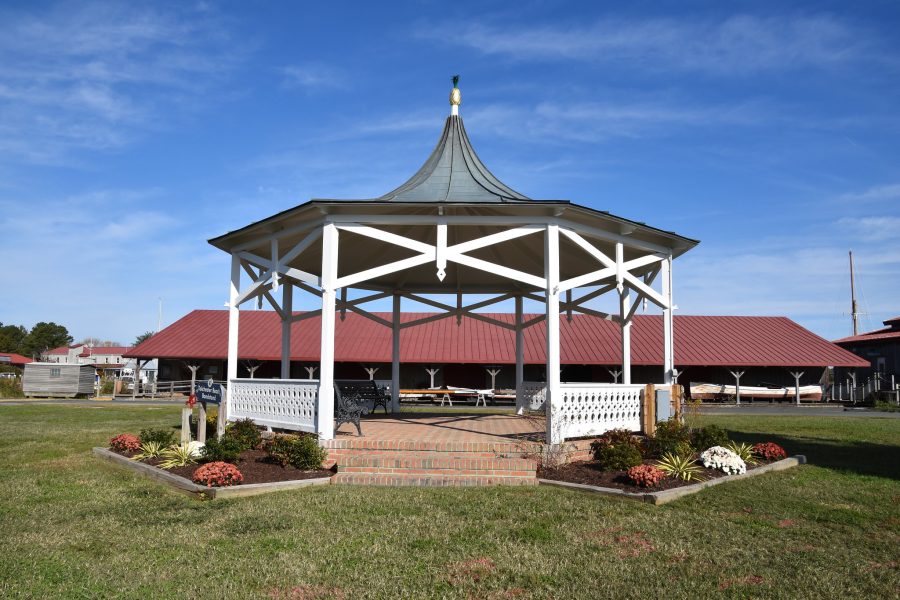From 1880 until 1962, musicians entertained summer visitors from this bandstand at Tolchester Beach, a resort and amusement park in Kent County, Maryland. Constructed to attract day trippers traveling by steamboat from Baltimore and Washington, D.C. Like many amusement parks today, Tolchester Beach boasted a roller coaster, a penny arcade, and a shooting gallery. Visitors could rent a bathing suit and take a dip and enjoy an ice cream or picnic under the trees while listening to the latest tunes played on the bandstand.
Tolchester Beach, which was closed in 1962 and later demolished, was part of a “golden era” of nineteenth century amusement parks, a history marred by segregation. Even into the 1950s and 60s, resorts and beaches were closed to Black guests, who instead recreated at Black-owned beaches such as Carr’s and Highland Beaches near Annapolis, and Henry’s Beach on Deal Island. In the early 1900s, Captain George Brown offered steamboat excursions to his Brown’s Grove Amusement Park on Rock Creek near Baltimore, the only such business owned and operated by a Black businessman. Captain Brown transported Black religious groups and revelers alike aboard a series of steamboats, including Avalon, “The only steamer and the only park in the State of Maryland run exclusively for Colored People and by Colored people,” until his death in 1935.
The Tolchester Beach Bandstand was a gift from Mr. and Mrs. Walter B. Harris. It was moved to CBMM in 1984 and restored through a gift from Winnifred Clover Gianelloni in honor of her mother Winnifred Brown Clover.
